1. Assess needs and set a budget: Organizations should thoroughly evaluate their specific objectives, workforce expectations, and budget constraints, similar to how a car buyer determines their needs and financial limits.
2. Research, compare, and test: Just like researching car models and taking test drives, organizations should compare different employee reward systems, analyze features, and conduct trials to understand which system best meets their requirements.
3. Consider total costs and support: Evaluate all costs, including implementation, maintenance, and future upgrades, along with the availability of robust customer support, much like considering a car’s ownership and maintenance costs.
4. Make an informed decision and negotiate: Finalize the choice based on the system’s fit with organizational needs and potential for future scalability, and negotiate the best deal, similar to how a car buyer closes a purchase with added-value services.
One of the most effective ways organizations create an engaged and motivated workforce is to have a well-developed and adequately implemented employee rewards and recognition system. With many employee reward systems in the market, selecting a suitable system can be much like buying a new car. Here’s how:
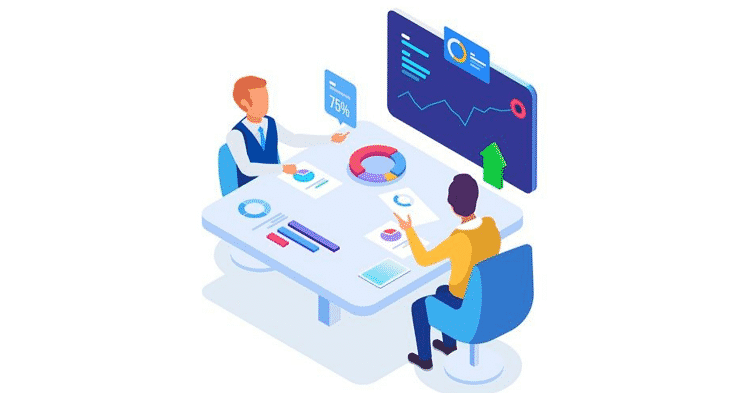
People intending to buy a vehicle have well-defined criteria for selecting the make, model, type, and color.
The requirements are primarily based on the specific needs and expectations of the car buyer.
The same holds for an organization planning to invest in an employee rewards system.
Each organization has specific needs and expectations from an employee rewards program.
Hence, they have different criteria for selecting an employee rewards system, just as a car buyer would have a certain set of criteria for deciding on which car to buy.
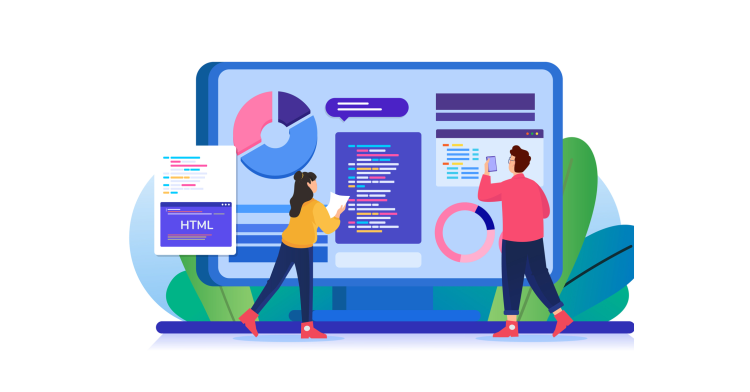
Organizations looking to invest in employee recognition systems for the first time are often overwhelmed by the range of options available.
Interestingly, this reaction may be similar to people looking to buy a car.
However, with proper homework, finding the right employee rewards system, like finding the perfect vehicle, is possible.
This step-by-step guide for selecting an employee rewards system can help organizations to do just that:
1. Assessment of Needs
2. Deciding on the Budget
3. Comparing and Shortlisting
4. Considering Ownership and Maintenance Costs
5. Discussions and Detailed Analysis
6. Taking a Test Drive
7. Availability of Support/ Customer Service
8. The Final Decision
9. Closing the Deal
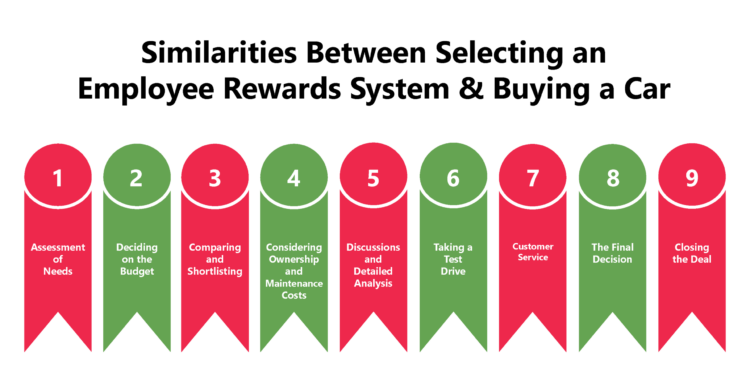

It is quite common for people buying a car to understand their needs and motivation for buying the car.
Is the car primarily meant for family rides, office commutes, or long road trips?
Which aspects are more critical – power, fuel efficiency, comfort, safety, styling, or design?
In each case, a perfect car would fulfill the buyer’s specific needs.
Also, buyers might consider the likely changes in their needs.
Similarly, organizations must thoroughly analyze their needs before investing in a perfect employee rewards system.
They must assess the program’s key objectives, such as driving performance, corporate values, and workplace culture.
They also need to consider their workforce’s needs and expectations.
Hence, they should look for a solution that maximizes the engagement and satisfaction of their employees.
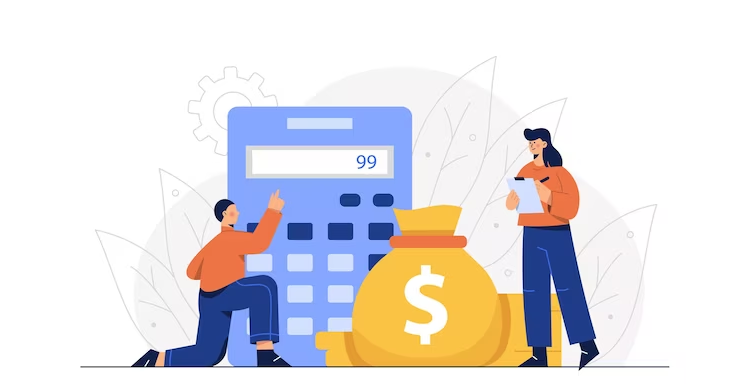
When buying a car, buyers should consider how much they can afford to spend on the vehicle.
This budget includes the down payment and the regular monthly installments that one needs to pay.
Hence, the buyer would look at his or her current income and the expected growth in coming years.
Similarly, organizations investing in an employee recognition system must understand their budgets.
It should include the one-time investment of implementing such a system and the regular subscription charges (if any).
Another point to consider is the budget required for monetary awards.
Also, organizations need to get a decent ROI from their investment in the employee rewards system.
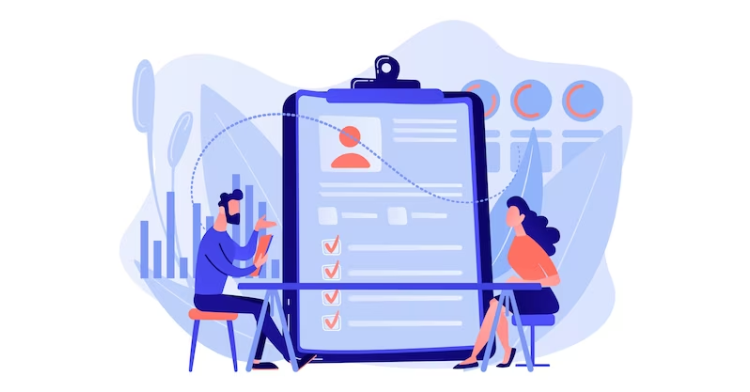
Most car buyers thoroughly research the market to understand the available car makes and models.
They would compare their required features to shortlist cars that they would like to consider buying.
Similarly, organizations need to study and compare all available employee reward systems.
They must compare the features in detail against the program objectives and the workforce needs and expectations.
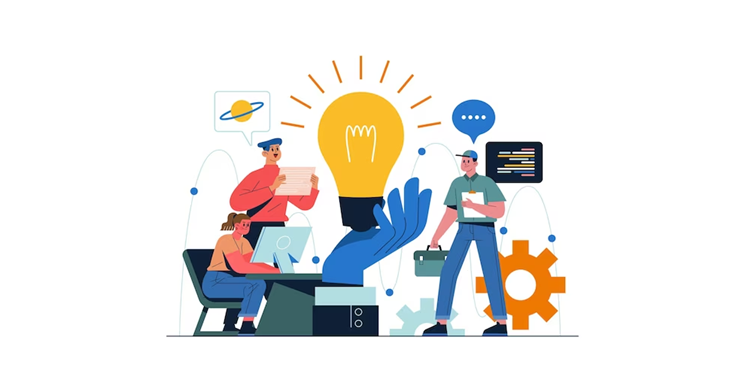
Car buyers need to look at all costs including the initial investment as well as regular maintenance and servicing. costs.
In the same way, organizations looking to implement an employee rewards system need to consider its ownership and maintenance costs.
They must also consider the ongoing changes in the organization’s policies and workforce expectations.
Hence, they need to factor in the costs of the changes or upgrades required in the employee rewards system.

As the next step, prospective buyers would visit the car dealers and get first-hand information about the shortlisted cars.
It includes a detailed understanding of features, specifications, options, pricing, and payment plans, required to make an informed decision.
Once the organization has shortlisted the vendors, they must have detailed discussions with each one.
Hence, they should have demos of the systems to understand their capabilities and determine whether they fit their requirements.
These details need to be analyzed thoroughly before making a final choice.
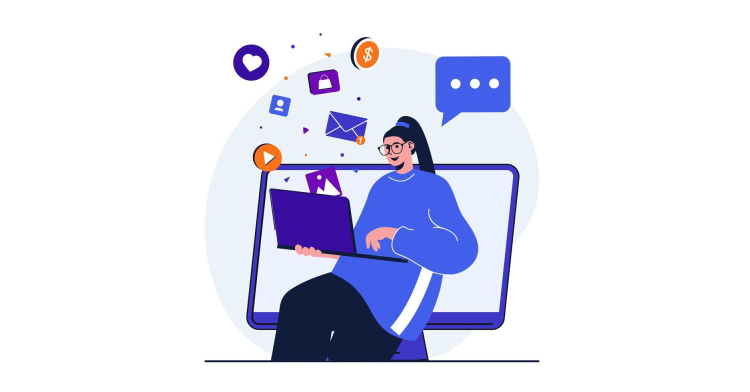
Taking the short-listed cars for a test drive is a facility offered to prospective buyers by most dealers.
It enables buyers to gain first-hand experience of various features of the vehicle and to make the final decision.
Similarly, organizations should ask the vendors to facilitate a trial of the employee rewards platform.
It will give them a better understanding of how well the system fulfills their requirements.
Hence, organizations should conduct trials of the short-listed platforms and select the best.
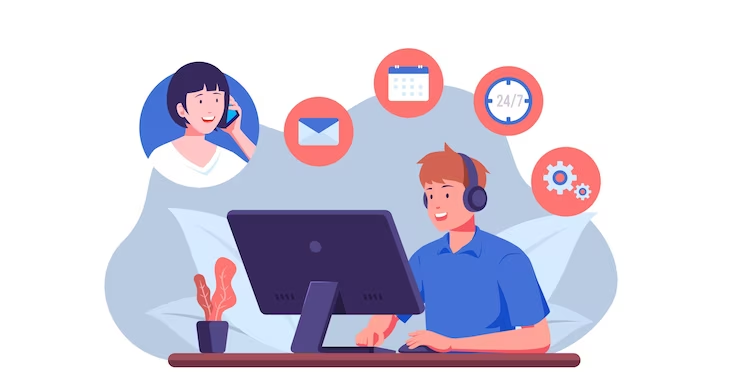
Most automobile manufacturers today understand the significance of providing efficient after-sale support services to their customers.
Buyers should seek detailed information about these services such as support, maintenance, roadside assistance, insurance, and loan facilities.
Similarly, the significance of suitable support services for employee rewards and recognition systems cannot be underestimated.
Hence, organizations have robust support services, including end-user support and regular platform upgrades.

The final decision of the car buyer would depend on comparative features, test drive experience, and total costs.
The car’s total ownership cost would also consider the fuel efficiency and maintenance costs.
A buyer would consult their family members and friends before finalizing the purchase.
Similarly, organizations should make an informed decision based on the system’s features, capabilities, and relevance to the requirements.
They also need to consider the platform’s one-time and ongoing costs.
Additionally, they look at the product’s flexibility and roadmap to ensure it can accommodate future requirements.
Organizations might also consult various internal stakeholders before finalizing the employee rewards system.

Typically once the buyer has decided on a particular car, he or she would negotiate for the best possible price.
These offers could be in the form of accessories and services. They would be the buyer’s final step in closing the deal.
Similarly, organizations should negotiate with vendors to obtain the best possible pricing over the contract’s lifetime.
They should look for any additional services that they can get, such as dedicated support or free upgrades.
Also read: Compare HiFives with Other Employee Recognition Platforms
Selecting an employee rewards system is a high-involvement decision just like buying a car. Hence, organizations need to proceed step-by-step with the decision-making by considering all possible factors to ensure that they select a system that best fits their requirements and budgets.

Lead author: Sagar Chaudhuri, the Co-Founder and CEO of HiFives. He is an HR Tech Evangelist with over 25 years of corporate and entrepreneurship experience. In the past, Sagar has worked in leadership roles with companies such as Genpact, Infosys, and ICICI Bank. He has an engineering degree from IIT Kharagpur and an MBA from IIM Lucknow. Connect on LinkedIn
To stay updated on the latest HiFives blogs, follow us on Twitter (@MyHiFives)